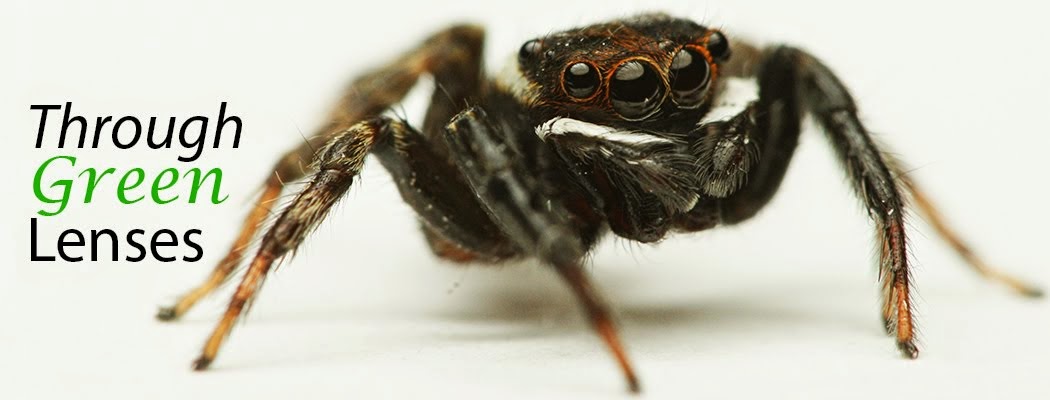I just finished reading this book about a week ago and felt
that it was quite a good and informative read so I decided to dedicate a post
to it.
The Sixth Extinction: An Unnatural History by Elizabeth
Kolbert is a collection of essays with myriad themes. Most of the book is
written based on interviews with scientists and their findings. These themes
range from the Chytrid fungus affecting frogs to the megafauna extinction to
the ammonites and graptolites. However, they all centre on the common topic of
conservation and extinctions. She asserts that, based on the estimated current rate
of extinction, we are in the midst of a mass extinction event. This is done by
looking into the historical extinctions and how extinctions and mass
extinctions eventually got accepted into science. Most of the book revolves
around the impacts of humans on the environment such as the introduction of
rats and the white-nose syndrome causing fungus in bats and hunting of
megafauna around the world. While on the whole, the book is rather gloomy, it
is also strangely comforting to read about the rather extreme steps some people
have taken unto themselves to save the critically endangered species.
Without going too much into the details of the book, I found
it really interesting and easy to read. It was clearly written with the general
public in mind as the underlying science is explained in layman terms. While I
acknowledge that it is a short book, I feel that certain issues were
oversimplified. For instance, in the chapters on ocean acidification, she shows
the impacts that it can have on the marine ecosystem. What is lacking (to me)
is how we can do something to alleviate the problem. Another example would be
when she showed the extreme steps humans have taken to save highly endangered
species like the California condor. It once again lacks the action that
laypeople can take. However, this does not detract from her argument about the
current rate of extinction.
Overall, I believe that this book can serve as a gateway for
greater environmental/conservation awareness in the general public and
encouraging them to play a more active role in conservation.


No comments:
Post a Comment